Buy Safranine 0.5% (477-73-6) MF: C20H19ClN4 | MW: 350.84. Get High Quality Safranine 0.5% (477-73-6) from Tristains.
Safranin, a commonly used biological stain, is a red, basic dye with the chemical formula C20H19ClN4. It is available as a 0.5% solution in water, which gives it a deep red-orange color. This solution is clear and homogeneous, making it suitable for various applications. The Safranin 0.5% solution is widely utilized in the preparation and examination of biological samples for research, diagnostic, and educational purposes, highlighting its versatility and importance.
TriStains series products are carefully tested to ensure accurate, reliable, and reproducible results. Our products are available in different packaging sizes to allow you to get all types of stains & Indicators for your specific purposes from a single source.
In-addition Tristains also deals in numerous Laboratory Supplies, Chemicals, Equipment, Instruments, Reagents, Standard Solutions, Buffers, Histological Stains/Biological Stains & Indicators and many more, for more information please visit our website www.tristains.com or email to sales@tristains.com we will be happy to help you. All Tristains Products are exclusively distributed by Dawn Scientific Inc (https://dawnscientific.com)
Application :
- Safranin 0.5% is widely used as a counterstain in various histological and cytological staining procedures.
- It can be employed in the staining of plant tissues, such as cell walls, lignified structures, and nuclei.
- It is utilized in the staining of bacterial cells, especially for the differentiation of Gram-positive and Gram-negative bacteria.
Benefits :
- Effectively stains and highlights specific cellular components and structures
- Provides a strong, vivid red-orange coloration that enhances the visibility and contrast of stained samples
- Facilitates the identification and differentiation of various cell types and tissue structures
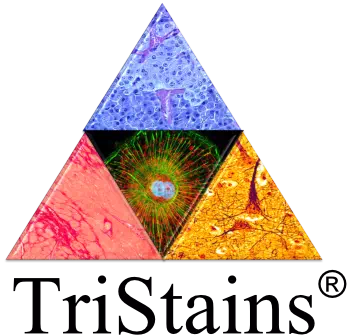
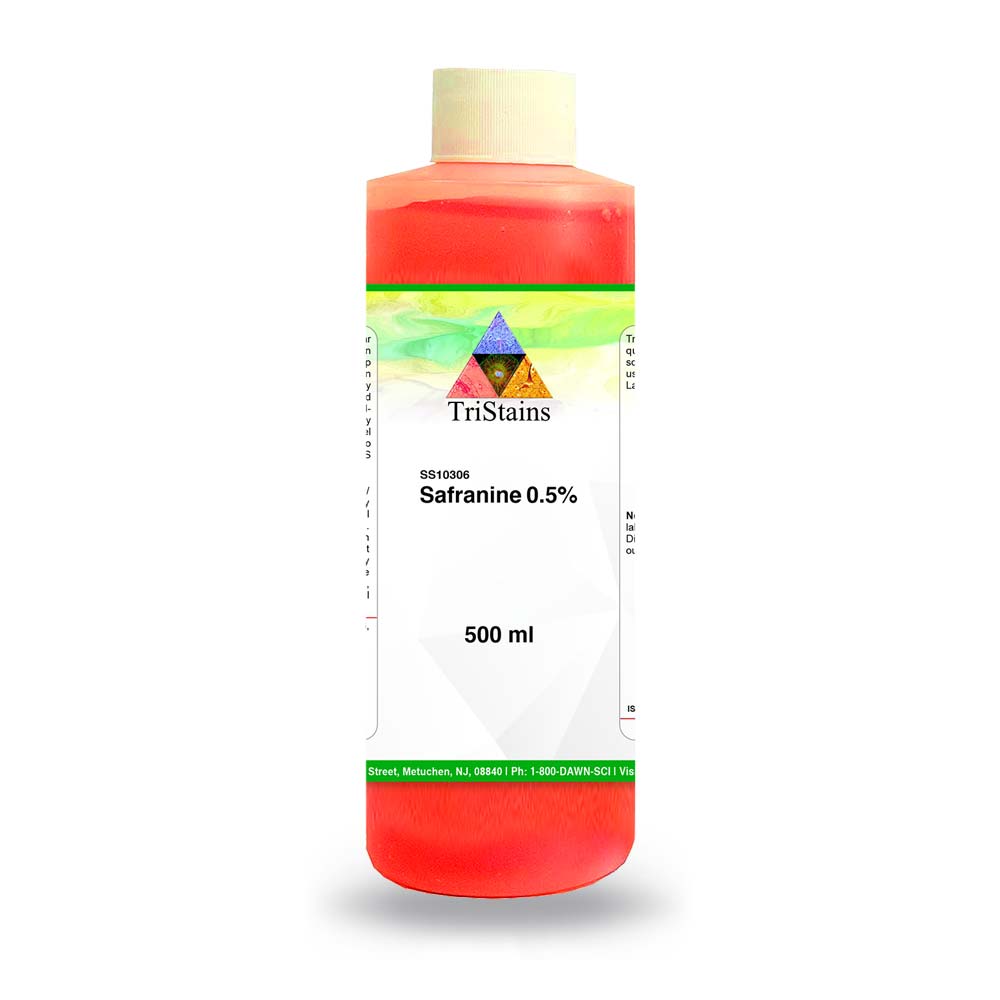
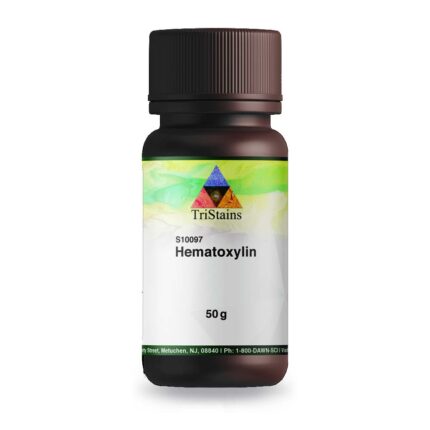
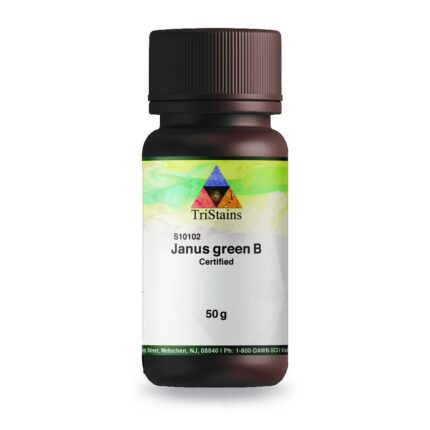
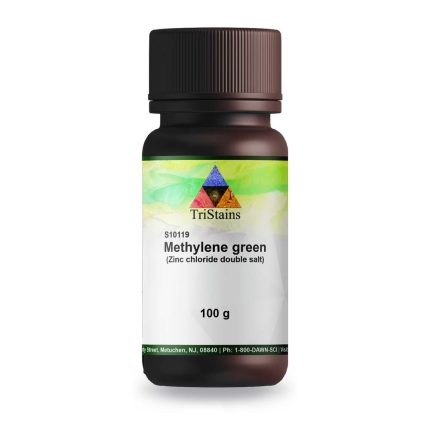
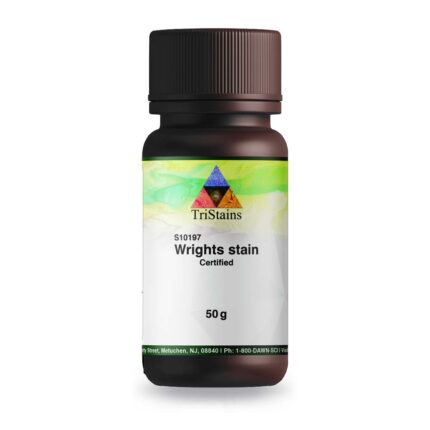
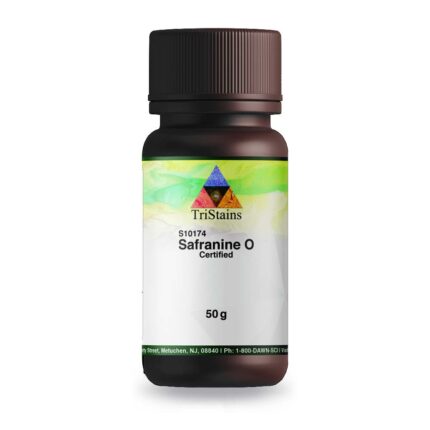

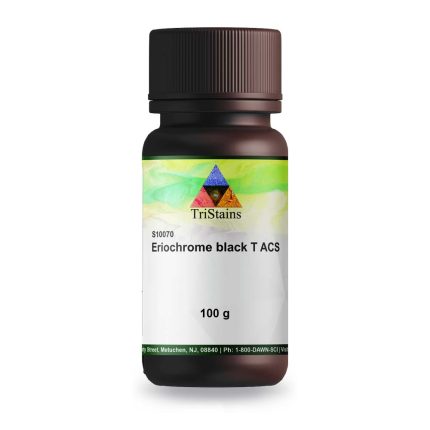
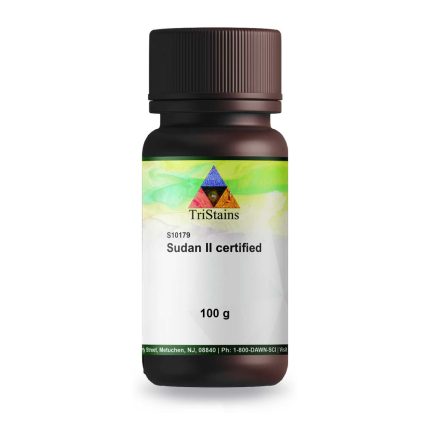



Reviews
There are no reviews yet.